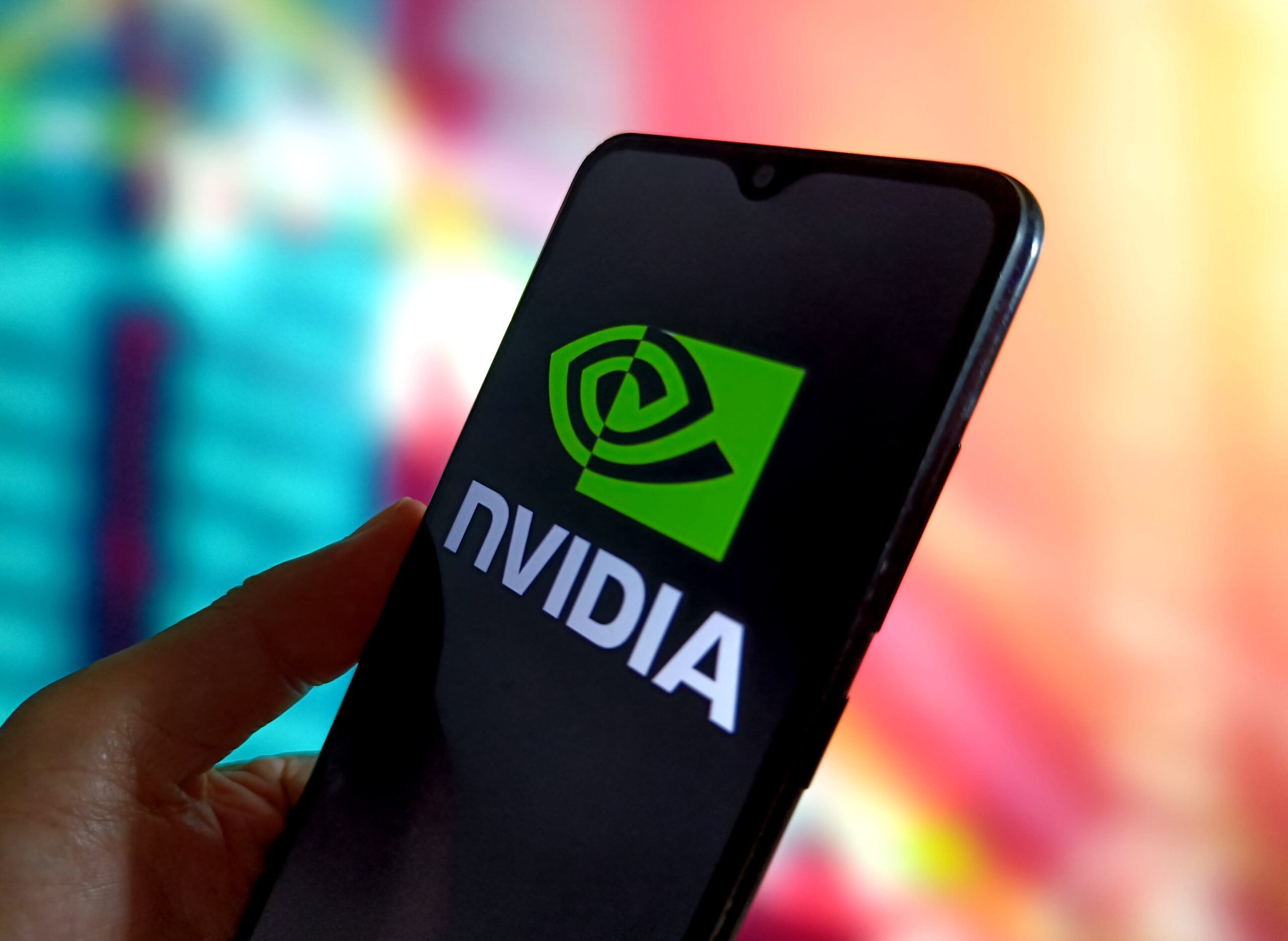
- Stocks
Nvidia’s forecasts fail to impress investors
Do you want to know how to make money from this?
Register for free and get expert advice, access to a training course and webinars.
Key points:
- Nvidia shares, along with other companies in the tech sector, have fallen significantly.
- Nvidia’s results set a pessimistic tone for the market, especially ahead of a traditionally volatile period.
- After a long period of rapid growth, investors had set a very high bar for Nvidia. Even moderate growth wasn’t enough to meet these expectations.
Investors’ high expectations for the bright future of generative artificial intelligence weren’t confirmed by Nvidia‘s quarterly forecast on Wednesday.
The chipmaker’s shares responded to the news by falling 7% in over-the-counter trading, which in turn had a negative impact on the quotations of other companies operating in the space. The publication of the report became a kind of starting point for analyzing the current state of the tech sector. The company’s results, despite impressive growth and profit indicators, were assessed by experts as mixed.
Why did this happen?
Ryan Detrick, chief market strategist at Carson Group, noted that while the company’s guidance was revised upward, the pace of growth was slower than in previous quarters. Despite the impressive 122% revenue growth, he believes the bar for investor expectations was set too high. The company’s revenue and gross profit guidance for the current quarter were broadly in line with analyst consensus, falling short of the company’s recent trend of significantly beating Wall Street’s targets.
The results somewhat overshadowed positives such as strong second-quarter revenue and adjusted profit figures, as well as the company’s announced $50 billion share repurchase program. Nvidia has more than doubled its revenue growth for the past three consecutive quarters, but the company’s ability to continue beating analysts’ expectations is questionable as each strong report prompts Wall Street to raise its targets.
CEO Jensen Huang has successfully capitalized on growing demand for the company’s powerful graphics processing units, which have become a key component in the development of generative AI technologies like OpenAI’s ChatGPT.
Nvidia forecast revenue of $32.5 billion, plus or minus 2%, for its fiscal third quarter, compared with the average analyst estimate of $31.8 billion, according to LSEG. That revenue forecast implies an 80% increase from the year-ago quarter.
Nvidia’s earnings results drag tech stocks down
Nvidia’s published earnings report had a negative impact on market sentiment, which resulted in a decline in the quotes of several tech giants. Thus, Broadcom and Advanced Micro Devices shares lost about 2%, Microsoft and Amazon – almost 1%. Asian chip makers also did not stand aside: SK Hynix and Samsung showed a decline of 4.5% and 2.8%, respectively.
Weak investor reaction to Nvidia’s results may set a pessimistic tone for the market ahead of a traditionally volatile period. In addition, investors are concerned about the growth in R&D costs in the field of artificial intelligence, carried out by major tech companies such as Microsoft, Alphabet and others.
Microsoft and Alphabet shares continue to show negative dynamics since the publication of their financial reports last month.
Investors worry about Nvidia’s future
Nvidia’s outlook plays a key role in shaping the current market environment. The company, whose shares have shown significant growth this year, risks losing a significant portion of its market capitalization if the negative outlook is confirmed.
A decline in Nvidia’s stock price could raise investor concerns about the outlook for the generative AI market and put pressure on tech companies that are making large investments in AI infrastructure.
Nvidia’s largest customers, such as Microsoft, Alphabet, Amazon, and Meta Platforms, are planning significant capital investments in AI development, making them particularly sensitive to changes in market sentiment.
In addition to market risks, Nvidia also faces increasing regulatory pressure. The company has received requests for information from regulators in countries such as South Korea, France, the UK, and China regarding its AI activities. This reflects growing regulatory concerns about possible monopoly and anti-competitive behavior by tech giants.
Do you want to know
How to make money from the news
Register for free and get:
- Expert consultation;
- Access to the training course;
- Opportunity to participate in webinars

